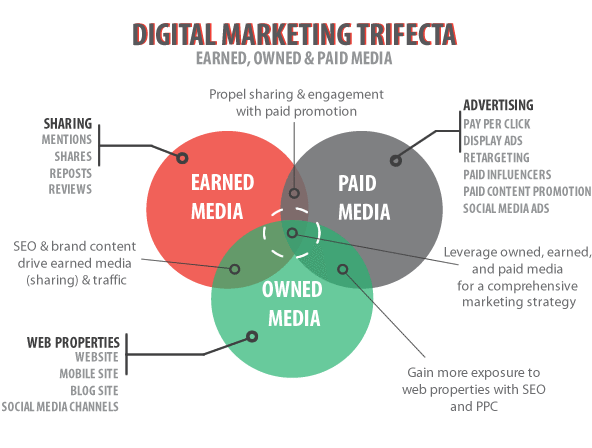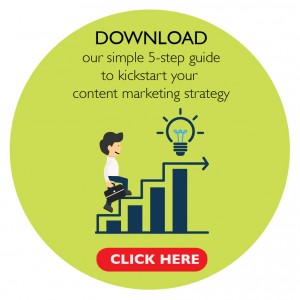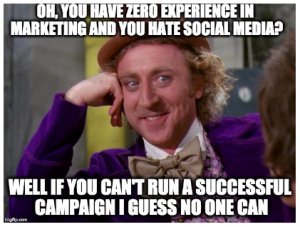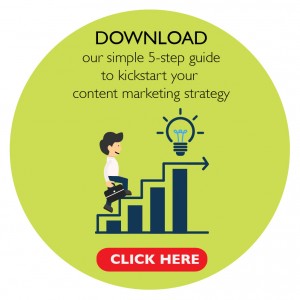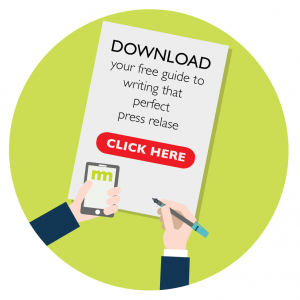You have written all this content, but what’s next?
You may have read our recent post which talks about making the most out of your content, and stretching it that extra mile, and in this post I’m going to go a bit further and explain what content distribution is and how to develop a clear strategy.
Content is all the rage, but if you publish it on your website and leave it at that, it’s very unlikely that many people will ever see it. This subsequently becomes a waste of your time, resources and money. Any marketing activity needs to be backed up with a clear strategy that best matches your goals. Content is no different and there are many avenues that brands can take advantage of to gain their worth in words.
There are three main ways in which content can be distributed.
- Through paid channels – when you pay for you content to be distributed (i.e. Advertorials, social ads, Google ads etc.)
- Via your own channels – the channels that you have direct control over, such as your website social media, and newsletters. Basically, anything your have direct control over.
- With shared opportunities– when other people share your content through PR channels, to include media coverage, social shares, reviews etc.
Below is a chart showing the activities falling under each category. Interestingly, it shows us that all three distribution channels are connected. This simply means the same piece of content can in fact run through multiple channels.
(Source: http://blog.bufferapp.com/content-distribution-tools)
The more visibility your content piece has, the more people are going to see it, which ultimately means you will have more success in delivering your message, and evoking a response.
However, I do need to stress that a great content distribution strategy means very little if the piece of content is not suitable for your intended audience or is poorly written – so firstly get that right. (Check out our blog to help you create quality content)
Work out a strategy that best suits your budget and goals. Incorporate as many channels as you feel are necessary in reaching YOUR target audience. Ask yourself: Where are they looking for content? How do they engage? If you are targeting a younger female audience, say 25 and under, with your latest beauty product and tips, it’s fair to say they are very active on social media, so competitions, mentions, shares and reviews will be most effective, as will engaging with influencers and running targeted social ads.
Your content strategy should ultimately help drive sales, and in-between help educate and inspire your target audience. Be smart and never compromise on quality.
Part two of this topic will show you how to set up a content plan and distribution strategy – so stay tuned.
Need help with your content? Drop a message to [email protected]

